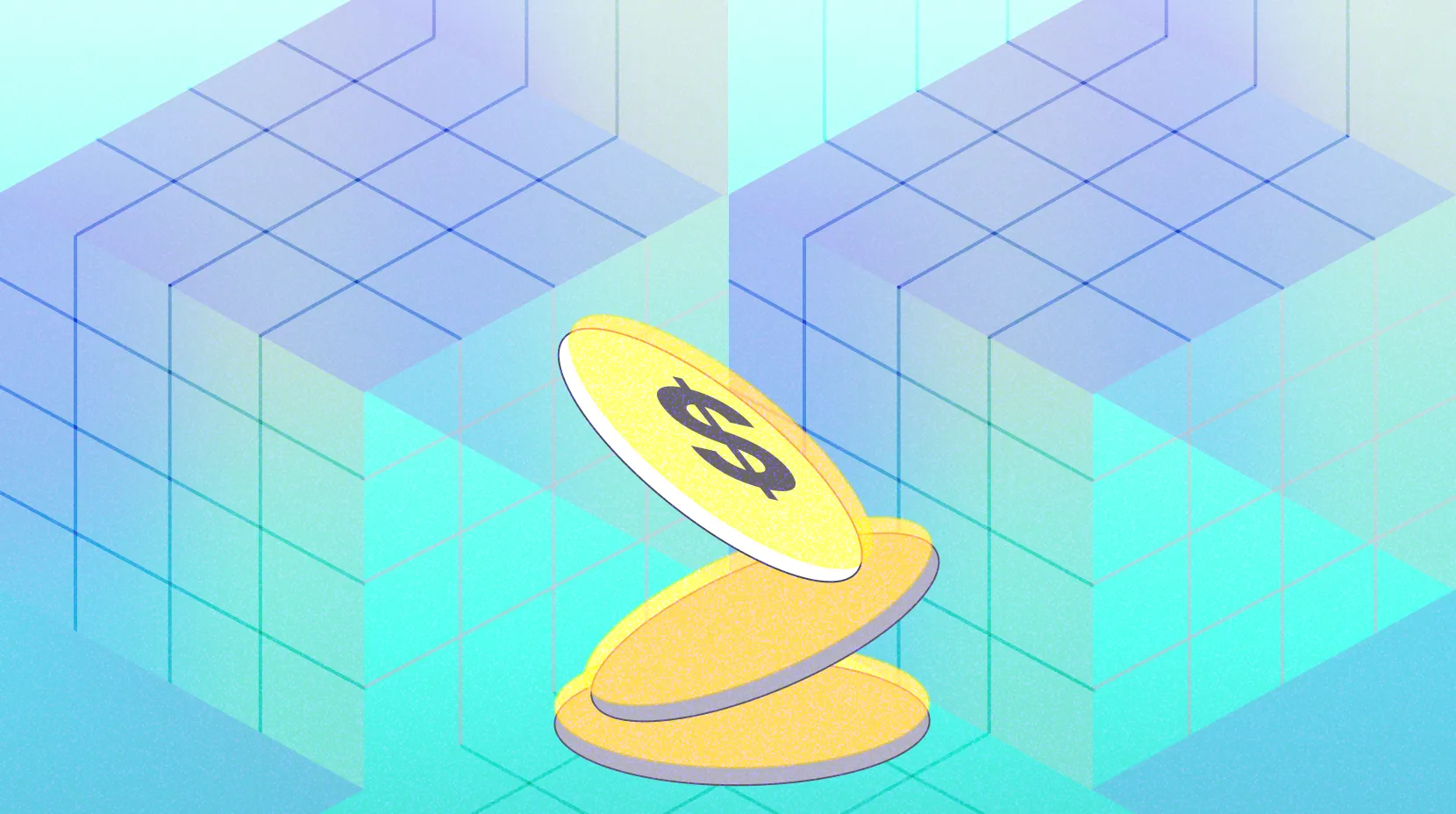銘文的未來發展
本章提供了对铭文的优势和劣势的分析,并对市场未来展望进行了介绍。
章節內容
通過前面的章節,我們已經瞭解了銘文的基本原理、操作、眾所周知的銘文協定、銘文工具以及如何掌握銘文。本章將分析銘文的未來前景和優缺點,探索這項技術的潛力。
銘文的優缺點
作為直接寫入區塊鏈實現鑄幣的技術,銘刻的最大優勢在於通過與區塊鏈結合,保持防竄改的特性。這種“記錄/發行”的方法直接打包並放在鏈上,讓任何人隨時查看。
接下來,操作就很簡單了。一般的銘文協定通常使用直觀的數據格式,例如 JSON,這對每個人來說都有些可讀性。更簡單的協定也可以加快周邊工具和生態系統的開發速度,這也是Ordinals協定迅速流行的一個重要原因。此外,如第4章和第5章所示,借助銘文工具的幫助,用戶只需填寫幾個字符串便可以建立基本的銘文信息,然後支付Gas費用以完成流程。
最後一個優點是它可以“公平啟動”,即公平銷售。一旦銘文部署,每個人都可以通過區塊鏈查看它。想要參與的人可以直接支付一定數量的瓦斯費用來鑄造。對於一些模因代幣來說,這是一個很好的測試場所。
現在讓我們討論優勢考慮後的缺點。第一個缺點是它占用了區塊鏈上的空間。由於節點需要存儲區塊鏈信息,持續對鏈上的數據進行編碼可能會加重所有節點的操作負擔,進而影響比特幣的主網絡去中心化。一些編碼項目的流行往往導致比特幣主網絡擁擠。此外,這些編碼資產協議的可擴展性有限。例如,BRC-20僅支持三個操作:部署、鑄造和轉移。這使得它難以用作基礕設施或在其上構建產品,如 DeFi。另一個重大問題是對於離鏈“索引器”的過度依賴。由於協議資產無法直接顯示在鏈上,它們需要離鏈索引來進行識別。這很容易導致安全風險和中心化問題。
未來展望
首先,比特幣的系統不是圖靈完備的,缺乏發行資產的基本技術。如前所述,在銘文之前已經嘗試了各種解決方案,每種解決方案在發佈時都會引起一些關注。緊隨其後,在 2023 年 11 月至 12 月引起了廣泛的討論。但與早期的彩色硬幣不同,銘文協定的反覆運算是與其他幾種協定一起開發的,這表明技術和基礎設施的並行進步。在Inscription推出之後,像Unisat這樣的錢包和交易市場出現了。Magic Eden等成熟的應用程式也採用了銘文服務,增強了可訪問性和用戶體驗。此外,Gate,OKX等交易所正在提供相關的銘文令牌服務,以提高市場知名度並驗證這種資產類型。因此,雖然有些人可能將銘文稱為「加熱菜餚」,但當前的市場狀況和用戶意識與早期相比已經有了顯著變化。
雖然銘文的外觀是可以理解的,但社區的態度並不統一。大多數支持者認為它可以使比特幣生態系統受益。反對者,以比特幣核心開發者Luke Dashjr為首,認為銘文更像是區塊鏈上的一種類型的垃圾郵件,導致網路擁塞。這種擔憂並非沒有道理。銘文的基本原則是在比特幣鏈上刻上資料,這必然會佔用一定量的區塊空間。問題是它佔用多少。
中本聪在比特币诞生之初并未规定区块不能用于铭文或其他不常见交易。因此,社区中所有声音都在表达他们对比特币的信仰。Luke Dashjr 建议优化比特币技术,以防止铭文导致网络拥塞。然而,这一建议面临阻力,最终被拒绝了。
從生態學的角度來看,銘文的趨勢使更多人接觸到比特幣生態系統,可以視為對未來比特幣生態系統打下一定的用戶基礎。與此同時,銘文資產的出現為比特幣生態系統帶來了顯著的流動性。在這種流動性的背後是對銘文基礎設施的需求,正如我們在各種銘文交易市場和銘文「金鏟子」中所看到的,這些都是出於需求而生的產品。
許多開發人員也意識到比特幣生態系統的影響並選擇加入其中,尤其是在第二層。隨著註冊的趨勢,一系列新的比特幣第二層解決方案如 BitVM 開始蓬勃發展。與此同時,像比特幣貓這樣的遊戲也應運而生,發行利用比特幣趨勢的資產。這表明以太坊的生態系統模型可以複製並適應到比特幣上。
總的來說,銘文技術並非毫無價值。它為比特幣帶來了新的遊戲玩法。儘管絕大多數現有的銘文都是毫無意義的模因代幣,但銘文本身將繼續發展。
結論
銘文作為一項新興技術,吸引了很多關注。我們可以看到當前銘文技術的主要應用是資產發行。隨著財富效應的消退,我們相信將會有更多真實的銘文應用場景。此外,銘文已經打開了比特幣生態系統的大門,重新將市場的注意力聚焦在這個 14 歲的區塊鏈上,預期從中帶來新的活力。
這門鐫刻課程到此結束,但鐫刻技術仍在不斷創新。如果您想了解更多關於鐫刻的知識,您可以:
① 跟隨Gate Learn Inscription Column.在這裡,您可以找到來自Gate Learn,專業研究人員和行業從業者的專業內容。銘文的最新發展和技術解釋可以在這裡找到。
② 使用 Gate Web3 的銘文導航功能,在這裡您可以查看市場上最熱門的銘文協議以及每個協議內資產的交易情況。





